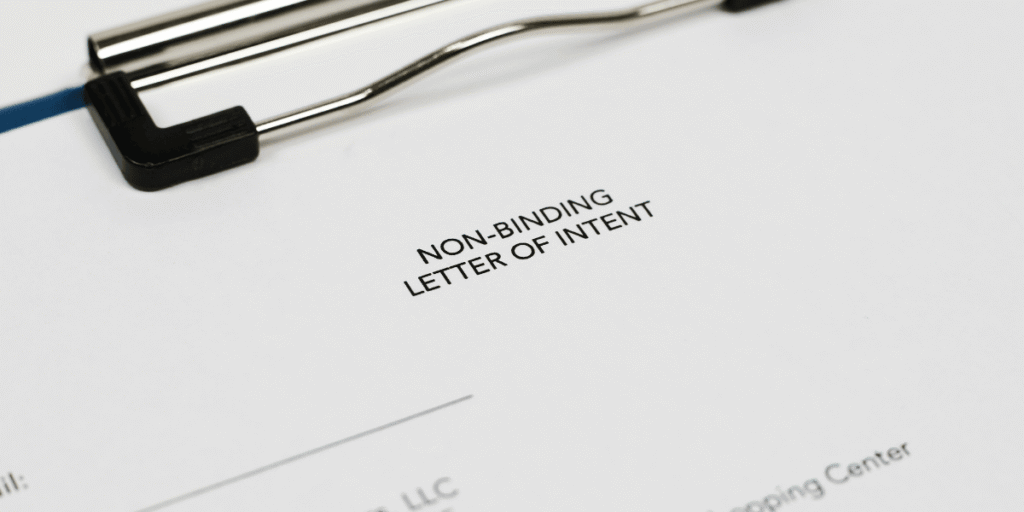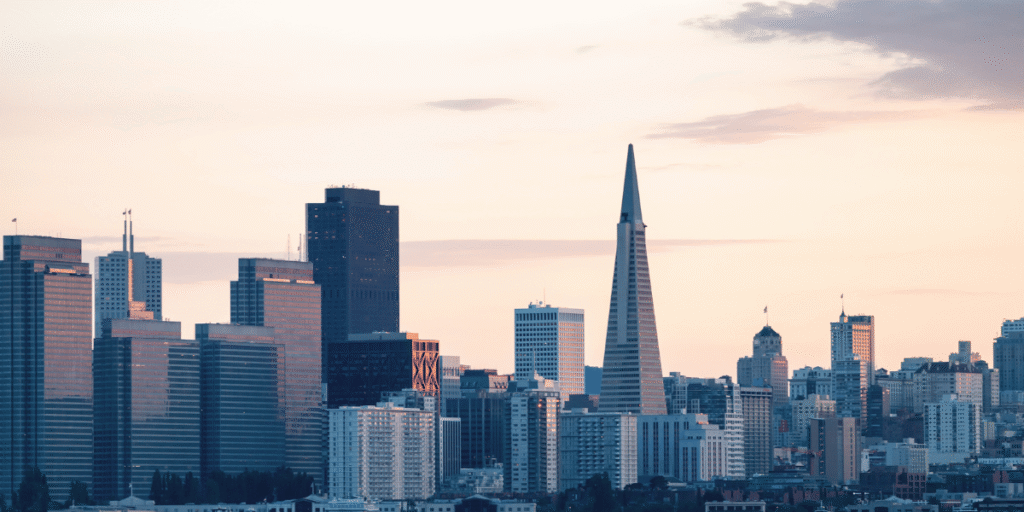San Francisco Multifamily Market Q1 2025

Strong Demand Returns to the Bay Area
After several years of uncertainty, San Francisco’s multifamily market is showing clear signs of recovery. As of Q1 2025, fundamentals are tightening: demand is rising, construction is slowing, and rent growth is gaining momentum.
Vacancy Falls to Pre-Pandemic Levels
The citywide vacancy rate has dropped to 5.5% — the lowest since Q4 2019. San Francisco has now absorbed 2,800 units over the past year, a notable rebound from sluggish demand in 2023. Neighborhoods such as Mission Bay, Redwood City, and San Mateo are leading in net absorption, buoyed by improving safety downtown and a stabilized population.
Luxury products have also improved. Vacancy for 4 & 5 Star properties dropped to 7.9%, while 3 Star sits at 5.2% and 1 & 2 Star at just 4.5%. Areas that once saw high vacancy, like the Tenderloin and Haight-Ashbury, are now seeing signs of occupancy recovery.
Rent Growth Rebounds
After declining in 2023, rents are back on an upward path. As of Q1 2025, San Francisco’s average rent is $3,200/month — up 2.7% year-over-year. That growth is driven largely by higher-end assets: 4 & 5 Star rents rose 3.7%, outperforming 3 Star (2.1%) and 1 & 2 Star (1.7%).
Despite San Francisco’s slower pace of growth compared to national trends, rents here still far exceed the national average of $1,750/month. The city’s high cost of homeownership and elevated mortgage rates continue to support rental demand.
New Supply Hits a Low
Only 1,900 units were delivered in the past year, and just 2,500 units are under construction — the lowest in over a decade. That represents only 1.3% of inventory, compared to a national average of 3.2%.
Most current development is happening on the Peninsula, in transit-friendly markets like South San Francisco and Belmont. In the city, South of Market and Mission Bay remain key hubs for future activity. SoMa alone has 25 approved projects totaling over 5,000 units. Many remain on hold due to cost and financing constraints.

Sales Volume Recovers
Investment sales totaled $2.2 billion over the past 12 months across 270 transactions, in line with the market’s long-term average. Three major institutional acquisitions helped boost volume: Waterton’s $177.5M purchase of LSeven in SoMa, Acacia Capital’s deal in Redwood City, and Essex’s acquisition in Foster City.
Most other deals involved 2 & 3 Star buildings of 6 to 12 units. Cap rates have climbed to an average of 5.6%, up 150 bps from the 2020-2022 period, while average pricing for these assets has dropped 14% to $326,000/unit.
Economic Conditions Support Demand
San Francisco’s economy continues to lead the nation in innovation and income. While total employment remains slightly below pre-pandemic levels and the unemployment rate stands at 3.7%, a renewed wave of AI investment is helping to restore confidence.
The tech-fueled growth of the 2010s may have paused, but the seeds of a new cycle are already evident. Population growth returned in 2024, increasing 1.3%, and improvements in downtown safety are supporting renter confidence. In the quarters ahead, strong AI leasing activity is expected to lift both office and residential demand.
Looking Ahead
With construction at historic lows and renter demand on the rise, San Francisco is poised for continued improvement in 2025. Rent growth is projected to reach 4% to 5% over the next year. As economic momentum builds and developers wait on the sidelines, supply constraints could create upward pressure on both occupancy and pricing.
For more insight and details, please refer to CoStar’s Q1 2025 San Francisco Multifamily Market Report.




